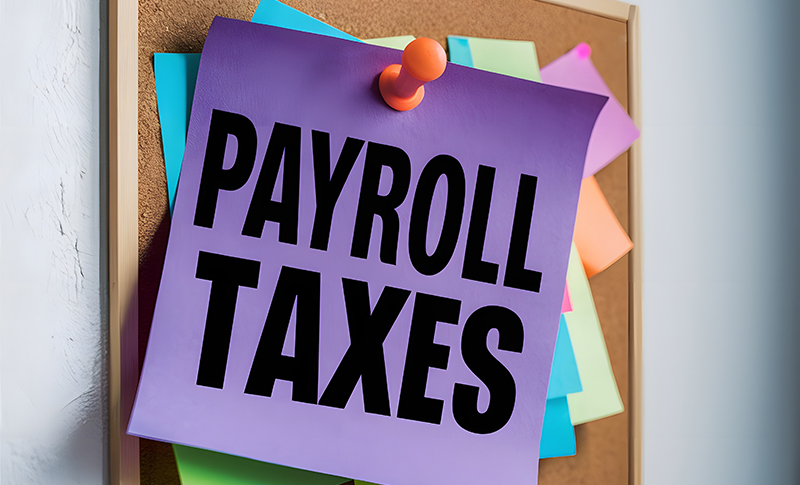What’s My Maximum Rental Loss Deduction?
January, 30 2024 by Carolyn Richardson, EA, MBA
AGI is under 100k, carryover rental losses exceed 50k, rental income is 10,000. Are the current expenses applied toward rental income and then the carryover losses applied to the special 25k maximum loss limit ? I am trying to understand if 25k in losses will get applied to the 25k max deduction in addition to the 10k in current losses being applied against 10k in rental income?
-April, Florida
Hello April,
Thank you for submitting your very good question regarding your rental losses, and how much loss you will receive. I’m sure others with rental properties also find this confusing so, hopefully, we can clarify it for you and anyone else reading this.
You asked how much of a rental loss you would receive when your adjusted gross income is under $100,000, your carryover rental losses from prior years are over $50,000, and the rental income is $10,000. You wanted to know if the current expenses were applied against the rental income and then the carryover losses applied to the $25,000 special loss allowance for active participants in the rental property.
As you clearly already know, regardless of your actual current year loss on the rental property, rentals are considered to be special passive activities and, therefore, the amount of loss you can use in any year is limited to $25,000, if your adjusted gross income (AGI) is under $100,000. Once your AGI goes over $100,000, the amount you can claim as a loss is reduced by $1 for every $2 that your AGI exceeds $100K. So, if your AGI was $100,002, your maximum rental loss would be reduced to $24,999. Once your AGI is $150,000, your rental loss is reduced to $0. It’s worth noting that these AGI limitations are not adjusted for inflation and haven’t been changed since their enactment in the Tax Reform Act of 1986!
Carryover losses are only created if your prior-year rental loss was over the $25,000 special allowance, or your AGI was sufficiently high enough that it reduced your special allowance. In other words, the carryover losses are only carried over because they could not be claimed in prior years due to the limitation on the losses, regardless of what your limitation in any year was. For example, if your loss limitation was $25,000 in a year, but your actual rental loss was $30,000, only $5,000 would be a carryover loss to the next year. These losses are carried over until they can be used, either by claiming them in a subsequent year when your current year loss is less than the special allowance, or when you eventually sell the rental property.
You mentioned that your rental income has $10,000 of income. Current year operating expenses, such as mortgage interest, property taxes, insurance, utilities, etc., are always claimed against the current year income first. If your income exceeds your expenses, you will have a small net profit but, if the expenses exceed your income, then you will have a current-year loss. You mentioned that your carryover losses were over $50,000, but let’s assume they are $55,000 from prior years.
So, how do these losses work? If your current year’s loss is $10,000 ($10,000 income less $20,000 expenses), and your carryover losses are $55,000, those two loss amounts are then combined on Form 8582, Passive Activity Loss Limitations. This would create one loss for that property for $65,000 (Part I). The form then calculates your special loss limitation (Part II), which, in your case, would be $25,000 since your AGI is under $100,000. Part III then shows your loss for the current tax year, $25,000, and that amount carries over to your Schedule E and Form 1040. Page 2 of Form 8582 would show that you now have $40,000 of unallowed losses to carry over to the next tax year.
Alternatively, if the property had a $10,000 net profit, you would still get a loss deduction for it in the current year because of the carryover losses. In this case, the $10,000 profit would be reduced to $0 using up $10,000 of the carryover losses, and then you would get another $25,000 of the carryover loss to use in the current year, and your return would show that $25,000 loss rather than a $10,000 net profit. Your carryover losses would be reduced by $35,000 ($10,000 net profit reduction plus $25,000 special loss allowance), leaving you with $20,000 of carryover losses.
So, the maximum loss you can use in any tax year is $25,000, made up of any current year loss and prior year losses. Even though you had a $10,000 loss this year, you do not get to claim the $10,000 PLUS another $25,000 of carryover losses.
We hope that this helps explain how the special loss amount works on rental properties.
Sincerely,
Carolyn Richardson





